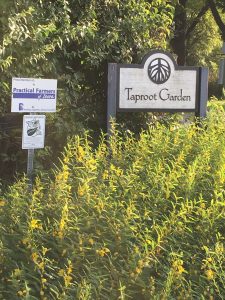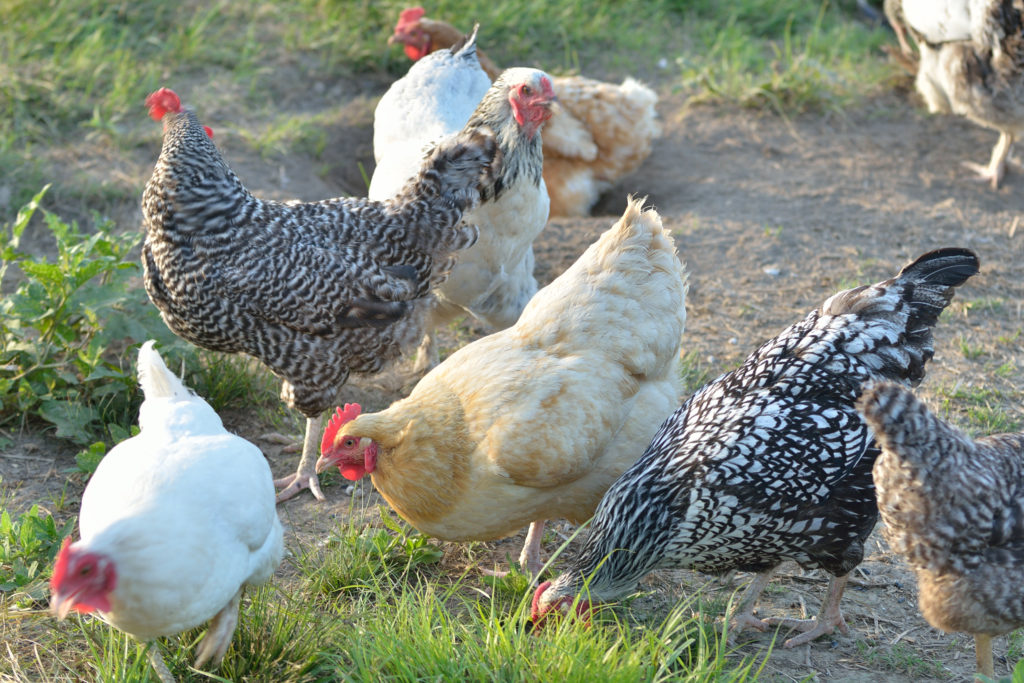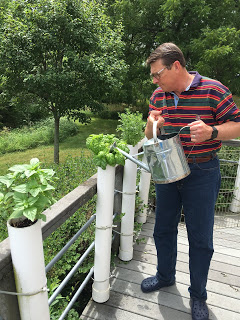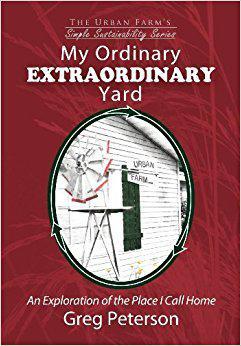Featured Farmer:
Tim Diebel from Taproot Garden
 Tell me a little about your urban farm. What’s its name? Size?
Tell me a little about your urban farm. What’s its name? Size?
Our farmstead – Taproot Garden – is a 10-acre parcel. Those acres include 4 acres of woodland, 3 acres of native prairie which we reestablished 3 years ago with the help of the DNR and the Fish and Wildlife Service, a quarter-acre garden, a quarter-acre chicken yard (home to 30 laying hens), plus house, barn, small greenhouse, labyrinth and yard.
What are you growing?
The garden includes a diverse assortment of perennials (asparagus, blackberry, raspberry and honeyberry) plus the usual assortment of annual vegetables with a heavy emphasis on tomatoes. This year, for example, we planted 175 heirloom tomato plants. We also experimented with winter wheat – planted last September and harvested by hand in June which we will grind into flour.
In addition, we have been planting a mixed orchard of apricot, apple, pear, plum, cherry, pawpaw, chestnut and hazelnut trees, now totaling 3 dozen trees.
What kind of climate are you growing in?
Here in central Iowa we are zone 5b, with a growing season of roughly May through October.
What initially got you interested in urban farming?
My wife and I initially started cooking together for a “date night” activity on the rare occasion when our schedules overlapped. That interest in cooking led to an interest in food, and where food comes from.
Do you use any organic, permaculture, hydroponic, biodynamic, or other methods? Explain.
We farm without pesticides or herbicides. We haven’t been Certified Organic, but we are “Certified Naturally Grown.” We also harvest rainwater using 8 rain barrels, and installed a ground-mounted solar system that supplies about 98 percent of our electrical usage.
Do you use compost? Where do you get it and how does it help your plants?
Our neighbors raise alpacas, and so we make heavy use of alpaca manure which we compost. We also purchase compost and potting mix from a commercial producer in Wisconsin. Our heavy clay soil is gradually returning to a different sort of life.
Do you have any urban livestock? Chickens? Bees?
We have 30 heritage laying hens – about 14 different varieties. A beekeeper from a nearby community keeps hives on our property.
What do you do with the food you grow?
Our intention for beginning this project – as gardening novices – was to learn how, and to learn and apply regenerative practices for living. So, we are not “in business.” We are learning and practicing the range of preservation skills – canning, freezing, dehydrating, fermenting – to better feed ourselves, our guests, and others who might learn from our efforts.
What is your greatest challenge in your farming endeavors?
Ha! Probably ignorance. Neither of us has ever done this kind of thing before, being two academics with terminal degrees. Making the transition from books to soil is an adventure.
What do you enjoy the most about farming/growing food?
There is nothing quite as satisfying as eating food you have grown from seeds. Additionally, we love having young visitors to the farm who immediately light up with questions and curiosities.
Why do you think urban farming is important?
A strong impetus to beginning this adventure was learning how energy intensive our food system is, relying on inexpensive and plentifully available energy. Since I’m convinced that one or both of those qualifiers will eventually cease to be the case – it will either become scarce or highly expensive, or both – I came to the realization that somebody better remember how to grow food on different terms.
Do you think this is a growing movement?
I didn’t think so at the time we began, but since then we have become aware of a burgeoning movement.
Is urban farming the future of agriculture?
I do think small scale agriculture will become increasingly central to our food system.
Do you have any advice for someone that’s just getting started?
You don’t have to quit your job and move to the country to participate in this wonderful work. I started on our townhouse deck. Others have a side yard or an entire yard. Get started. You’ll learn as you go.
Anything else you’d like to add?
When we first started working with the DNR and Fish And Wildlife Service restoring our prairie with native grasses and pollinator wildflowers, I confessed that I had been reluctant to impose any of my will on the land. It seemed presumptuous. The two agents looked at each other, paused, and then one of them gently and kindly replied, “Doing nothing is a management strategy. Not a very good one, but it is a strategy.” I took from that that I am not the enemy of the land. I am a partner with it.
Want to learn more about Tim’s journey? Click here to listen to Tim’s episode on The Urban Farm Podcast!
*Disclosure:
Some of the links in our podcast show notes and blog posts are affiliate links and if you go through them to make a purchase, we will earn a nominal commission at no cost to you. We offer links to items recommended by our podcast guests and guest writers as a service to our audience and these items are not selected because of the commission we receive from your purchases. We know the decision is yours, and whether you decide to buy something is completely up to you.







